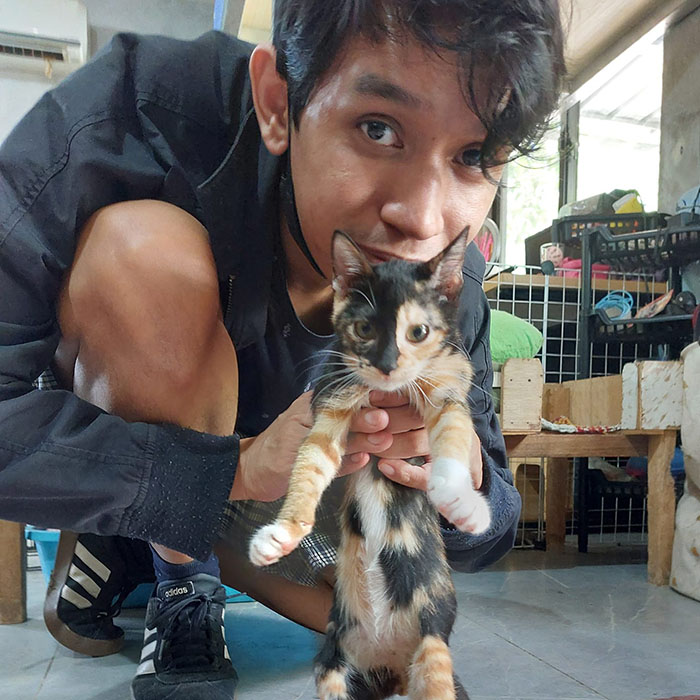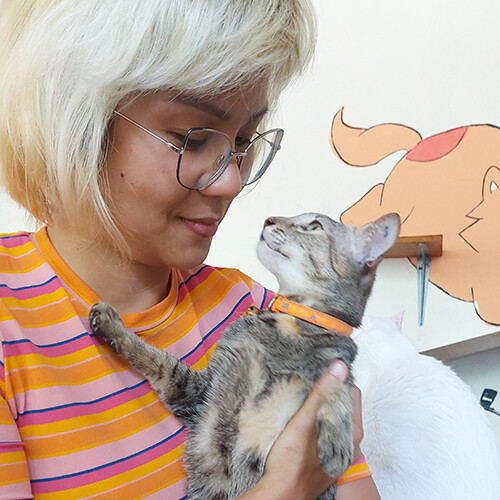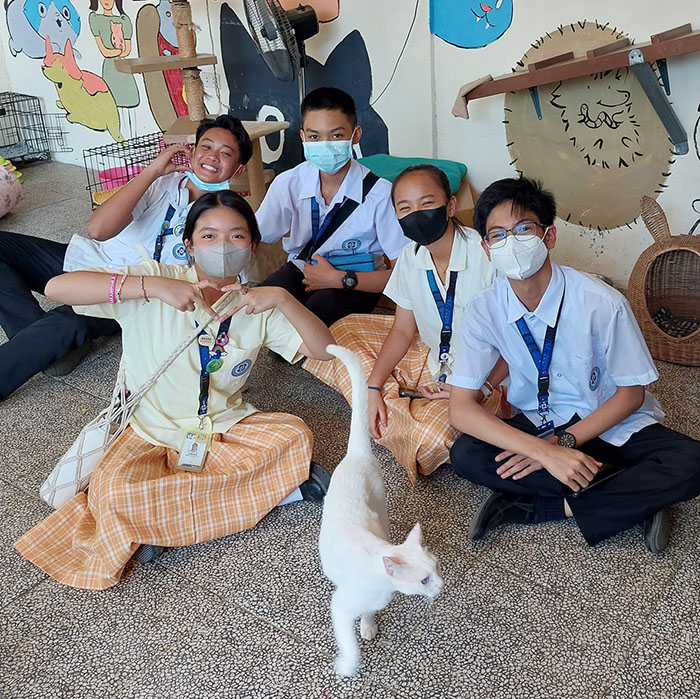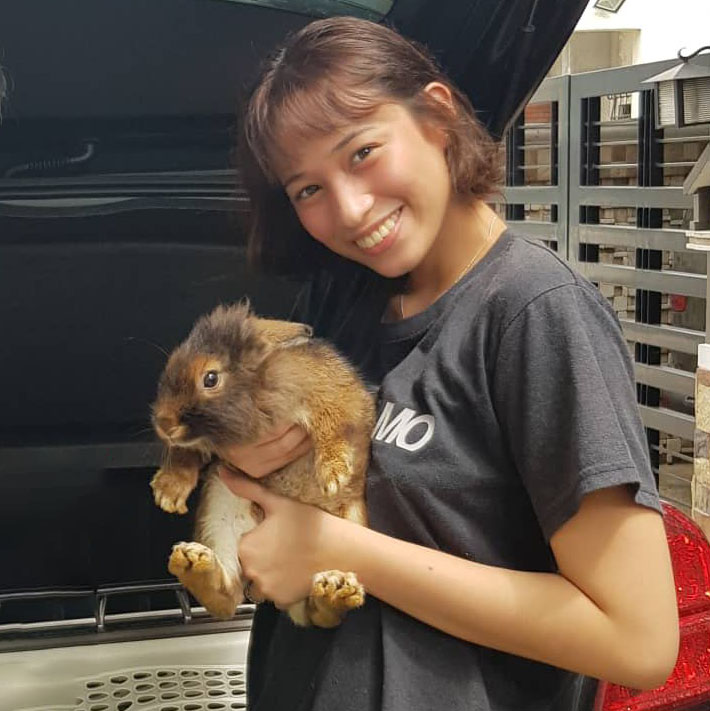As a pet parent, one of the most painful choices you’ll ever have to make is putting your pet to sleep, often referred to as “PTS” or humane euthanasia.
Pet parents and caregivers naturally want to protect their animals from agony; but our pet’s perceptions and tolerance of pain varies from our own, making it difficult to understand when it’s time to end their suffering. Euthanasia is an extremely difficult choice, and no one wants to make a mistake when it comes to bidding a beloved pet farewell.
So, how can you tell when it’s your pet’s time to go? Veterinarians (at least those who do offer euthanasia) get this question all the time, and the answer is never simple.
Cases where euthanasia or PTS may be considered
The following guidelines are meant to help you and your family make an educated choice:
- Your pet is having difficulty breathing and is excessively tired or severely lethargic.
- Your pet is losing weight and becoming dehydrated due to a condition that a veterinarian cannot treat
- The discomfort your pet suffers from is long-lasting despite treatments
- Your pet has difficulty walking or is unable to stand
- Your pet has stopped eating and drinking
- There is a problem with your pet’s urination or defecation
- There has been a significant shift in your pet’s behavior, and they no longer show interest in the environment, your family’s activities, or their usual pastime
The Stages of Dying
It’s impossible to predict how each pet will pass away. In some cases, death comes swiftly, while in others, the deterioration in health and quality of life is gradual. When it comes to your pet, you’re the best person to answer any questions. Knowing what to look for in the following phases and symptoms might give you a better idea of how your pet’s last days will unfold.
- In Stage One, you may notice that your pet is eating less and losing weight and strength. If your pet has constipation or diarrhea, they may spend less time bathing. Your pet may also get more agitated, vocalize more, adjust their drinking intakes, walk less, and prefer to be alone.
- Next is the stage where you will see droopy eyes, a loss in appetite, changes in breathing rhythms, increased weight loss, and less energy. This is also the stage where digestive problems progress. Stage One behavioral changes may become more apparent, and your pet may lose interest in playing, have a hard time resting, and start looking for different spots to sleep. Also, there may be blurring in its eyes. It’s also around this point that some dogs have the last rally, in which they display a recovery behavior for a short time.
- Physiological changes like shivering, pale gums, chilly extremities, discharge from the mouth, eyes, or nose, fatigue, urination, and breathing problems become more evident during Stage Three. You may notice a change in your pet’s daily routine and vocalizations and a change in their mental state, such as no longer being troubled by urine or excrement in its resting spot.
- Your pet’s eyes will be fixed at Stage Four, and they may be totally silent. Signs include a weak pulse, open-mouth breathing, irregular breathing, cold extremities, a lack of responses, and kicking off their feet. When your pet reaches the fourth stage, it is almost likely to die.
Should you consider euthanasia for your pet?
Consult with your pet’s veterinarian or a veterinarian specializing in peaceful death. Acknowledging that you are planning euthanasia might be very useful to your veterinarian.
Keep in mind how healthy and happy your pet was before its condition. Changes might be subtle, making it difficult to notice them initially. Take a look at old videos and images of your pet.
Make a list of three to five specific activities your pet loves doing. A smile when you get home or pleasure at barking at the delivery guy might be all it takes to show joy. It may be time to consider euthanasia if your pet doesn’t deeply participate in or enjoy these activities.
Talk to your vet about euthanasia
Most pet owners agonize about whether or not it’s the right time to contemplate compassionate euthanasia for their pets. It’s hard to make a logical conclusion when it’s our beloved pet since we’re so emotionally invested and sensitive. After seeing your pet’s symptoms, be careful to evaluate their quality of life. To make an informed decision and execute peaceful death, you need to talk to your veterinarian about your pet’s health.





